What it is, how it works, and how it applies to your beat license
Content ID is one of the most misunderstood tools in the music industry — especially by independent artists buying beats.
Many artists believe that uploading a song to YouTube "automatically" registers it, or that buying a beat license gives them Content ID rights.
None of that is true.
This guide explains everything clearly so you avoid copyright problems, takedowns, or losing revenue.
⭐ What Is Content ID?
Content ID is YouTube’s automated copyright detection system.
It scans every uploaded video and checks whether the audio matches a file in YouTube’s copyright database.
If it finds a match, one of three things happens (depending on the owner’s settings):
1. Monetize the video
Ads run → revenue goes to the rights holder.
2. Block the video
The video is taken down or restricted in certain countries.
3. Track the video
The rights holder sees analytics but doesn’t monetize.
To appear in Content ID, your track must be intentionally uploaded to a Content ID management platform (e.g., DistroKid, Identifyy, Label Engine, SonoSuite, VidMeta, major label CMS).
Content ID affects:
✔ YouTube
✔ Facebook
✔ Instagram
✔ TikTok (in some cases)
It does not affect:
✖ Spotify
✖ Apple Music
✖ TikTok Sounds Library
✖ Regular audio streaming royalties
YouTube does NOT register your song automatically.
⭐ What Content ID Is NOT
❌ It is not the same as copyright.
❌ It is not automatic when you release your music.
❌ It does not come with regular beat leases.
❌ It does not make you the owner of the beat.
Only the person who owns the master recording and has legal rights from the producer may register Content ID.
⭐ How Content ID Works With Beat Licenses
Different licenses give you different rights.
Below is how Content ID works specifically for your licensing system:
1. WAV Lease License
Content ID: Not Allowed
Why?
Because multiple artists may lease the same beat.
If you register a leased beat in Content ID, you block/claim other artists' songs — which you have no right to do.
If you register anyway:
→ claims will be removed
→ your registration will be revoked
→ your channel may get CMS strikes
→ your license can be terminated
2. Unlimited License
Content ID: Also Not Allowed
Unlimited allows unlimited streams, videos, monetization — but NOT Content ID.
Why?
Because Content ID requires exclusive audio ownership.
If someone registered Content ID on a non-exclusive beat:
-
all other artists' videos would get claimed
-
YouTube sees it as fraud
-
the producer gets involved automatically
So Unlimited ≠ Content ID.
Unlimited gives you freedom, but not ownership.
3. Exclusive License
Content ID: Allowed (Full Rights)
Once a beat is sold exclusively:
✔ no more leases are sold
✔ the artist becomes the sole owner of master usage rights
✔ the artist may safely register Content ID
✔ only their version will match in the system
This is the only scenario where Content ID is truly safe.
⭐ What Happens If a Leased Artist Registers Content ID?
YouTube flags it immediately as a conflict.
Then:
-
Producer files a dispute
-
The artist loses the claim
-
Song can be blocked
-
Repeated violations → channel penalties
-
It legally breaches your license agreement
Content ID misuse is treated very seriously.
⭐ What Happens if Someone Buys Exclusive AFTER Others Leased the Beat?
This is important.
✔ Artists who leased earlier keep their songs online
They are safe because they created their tracks legally at the time.
✔ But they cannot upload new songs using the beat
Their license is frozen to past usage.
✔ Exclusive buyer now controls Content ID
Only their new version can be registered.
✔ But existing leased songs won’t be blocked
Content ID systems allow grandfathered exceptions during clearance.
This is global industry standard.
⭐ Why Content ID Causes So Many Problems for Artists
Because artists think they are being "copyrighted" or “claimed unfairly.”
Here are the common causes:
❌ Cause #1 — Artist illegally registers leased beat
→ their claim is removed
→ everyone is angry
❌ Cause #2 — Distributor adds Content ID automatically
Some distributors (like DistroKid) do this if you forget to disable the feature.
❌ Cause #3 — Sample, melody loop, or drum loop already exists in system
Even if beat is original, other components may be copyrighted.
❌ Cause #4 — Someone else uploaded the same beat illegally
YouTube detects the match and sends a claim.
These are all solvable with proper licensing.
⭐ Content ID With Your Licensing System (Explained Simply)
 ⭐ When You SHOULD Register Content ID
⭐ When You SHOULD Register Content ID
Only when you have:
✔ Exclusive rights
✔ 100% cleared samples
✔ Original production
✔ A distributor with Content ID tools
✔ Zero conflicting claims
If you have these, Content ID becomes a powerful income source.
⭐ Frequently Asked Questions
Q1: If I buy Unlimited, can I put my song in Content ID?
No. Only Exclusive allows Content ID.
Q2: If someone buys Exclusive, will my leased song be deleted?
No. Your song stays online.
You just can’t release new versions with that beat.
Q3: If I disable monetization, can I register Content ID anyway?
No. Registering is still prohibited without exclusive rights.
Q4: What if my distributor registers Content ID automatically?
You must disable this option before uploading the song.
If not, the claim will be removed later.
Q5: Can I dispute a claim if I have a lease?
Yes — and you should.
The producer will resolve it.
⭐ Conclusion:
Content ID is powerful — but only if you use it correctly.
For artists using leased beats:
✔ You can fully monetize your song
✔ You can upload everywhere
✔ You can run ads, sell merch, perform live
✔ You can use YouTube normally
❌ You just cannot claim Content ID as your own.
And that’s completely normal — every professional producer works this way.
If you need help clearing a release or upgrading to exclusive, contact: mgmt@beatsbydiefor.com

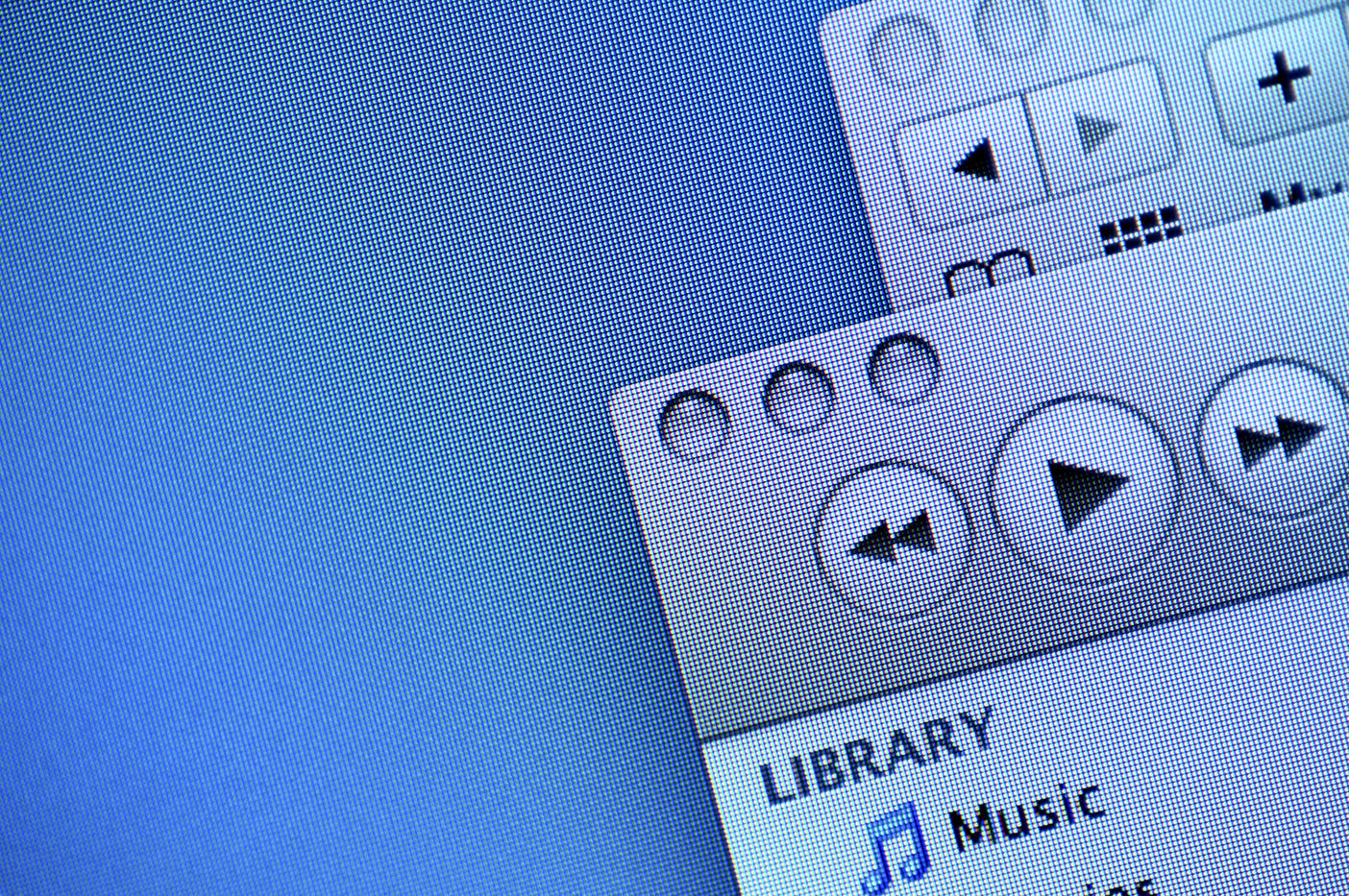
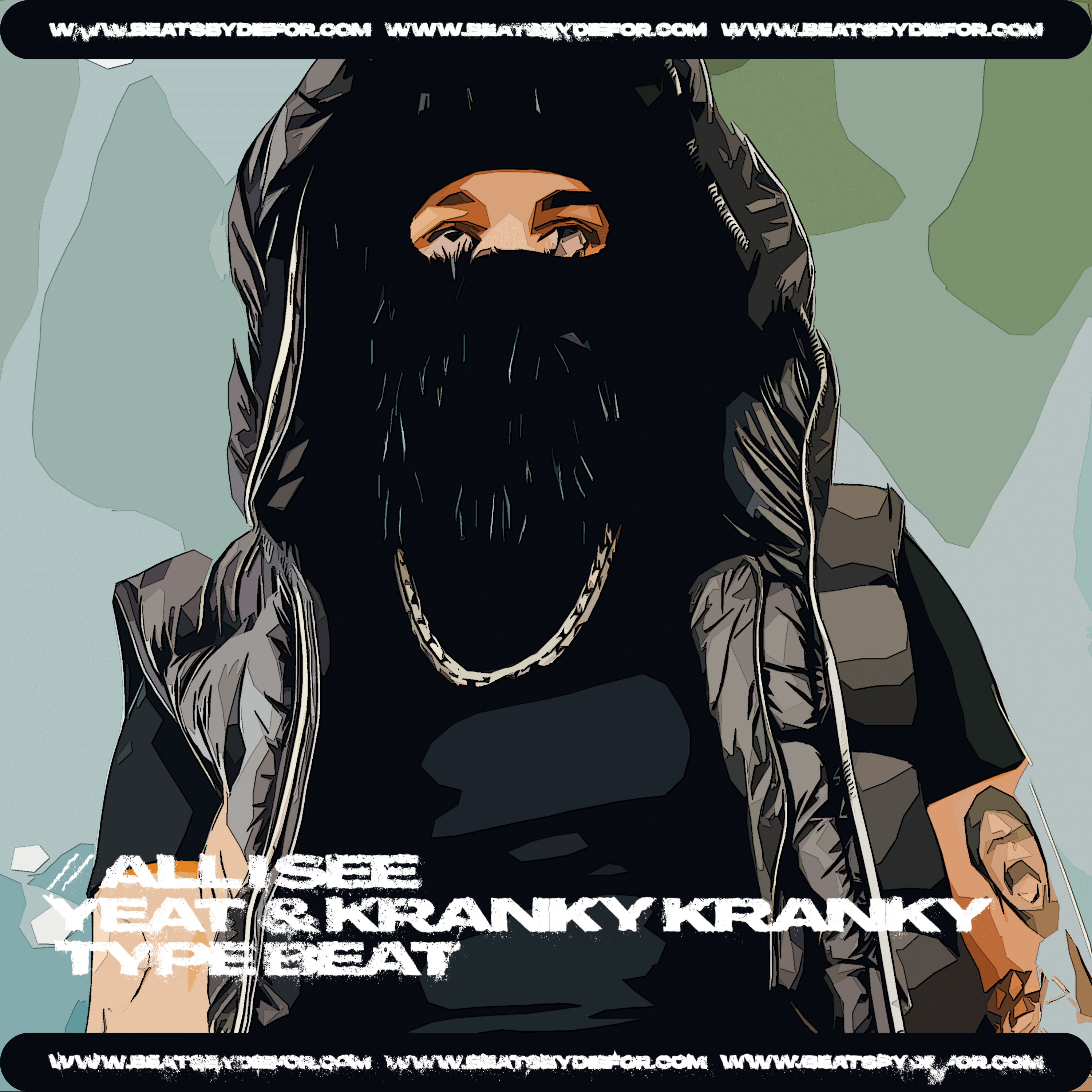
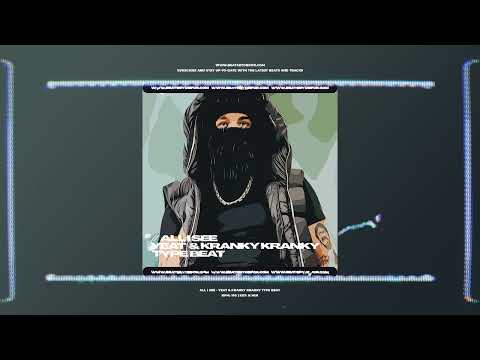
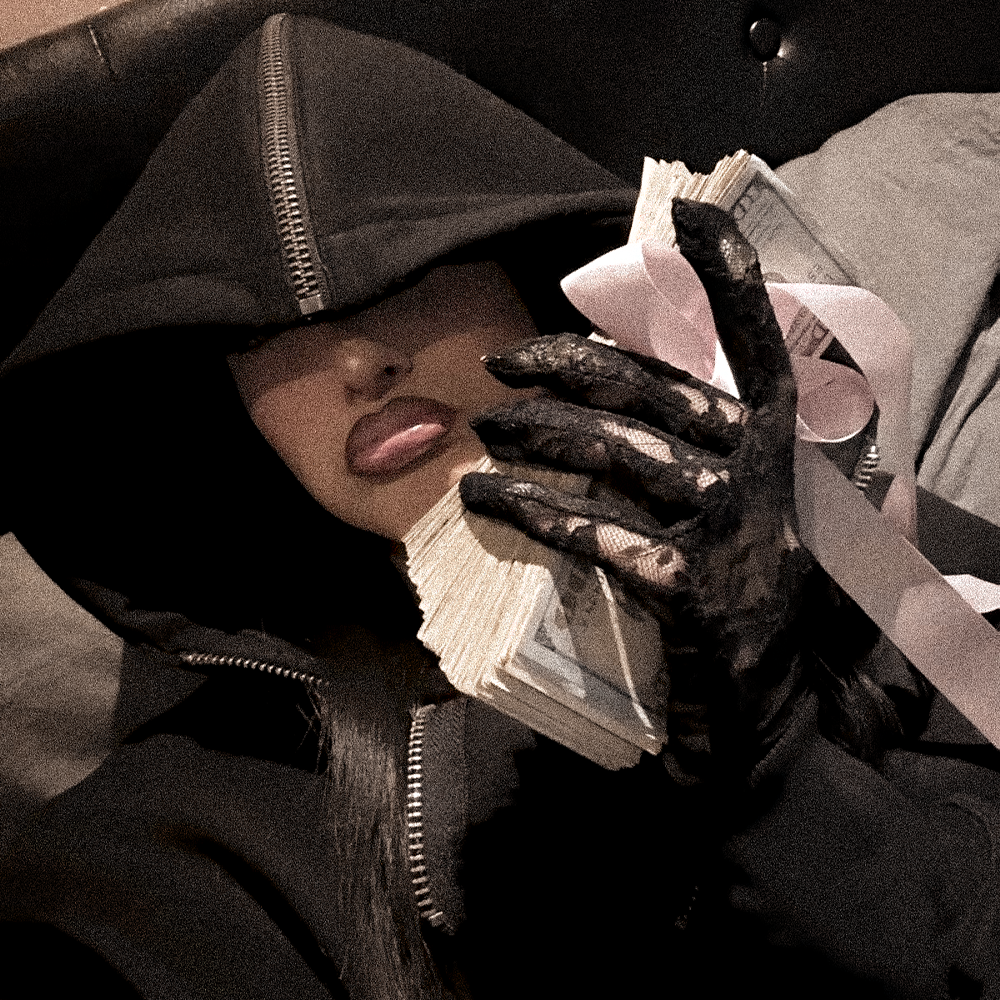


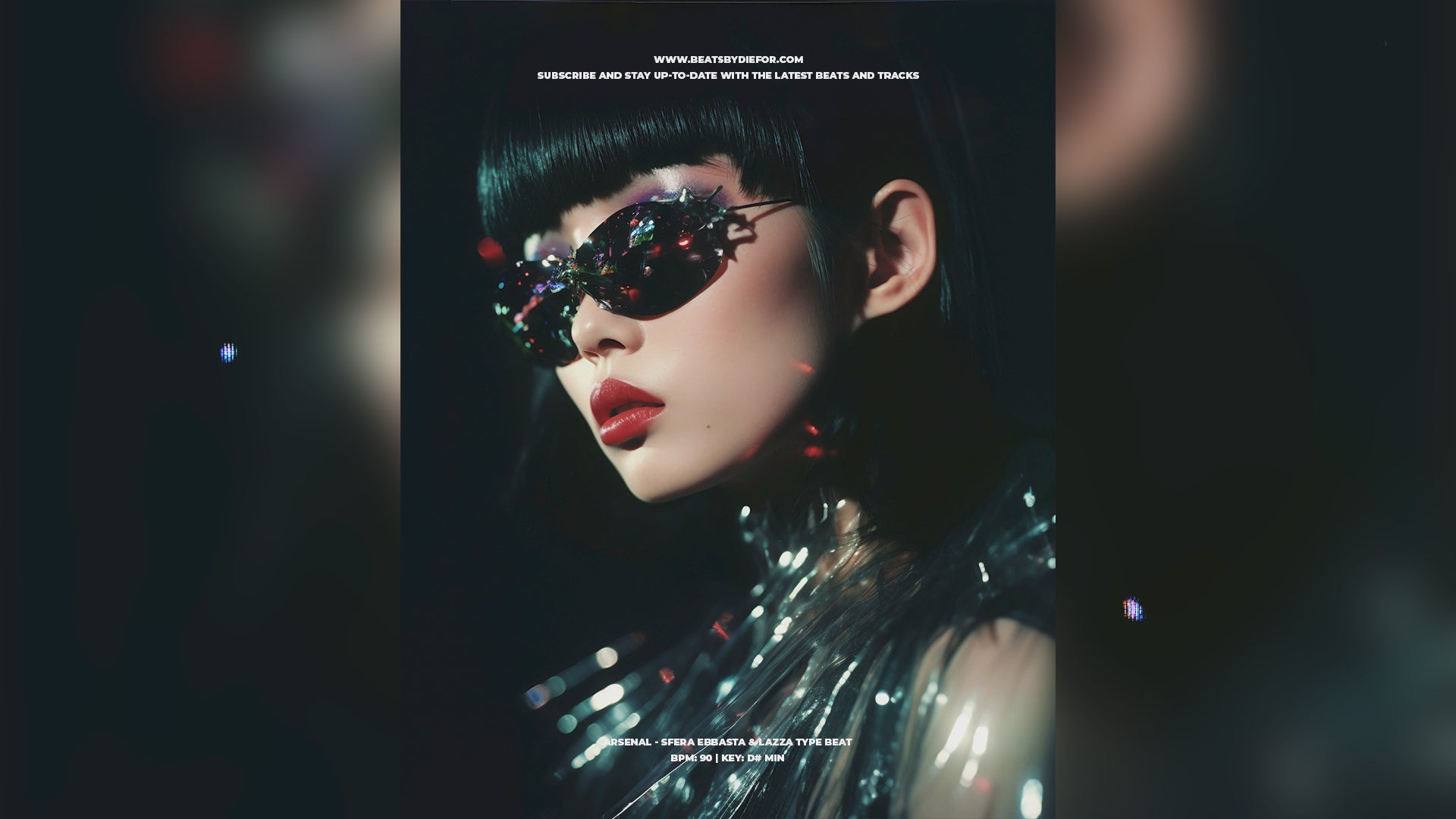
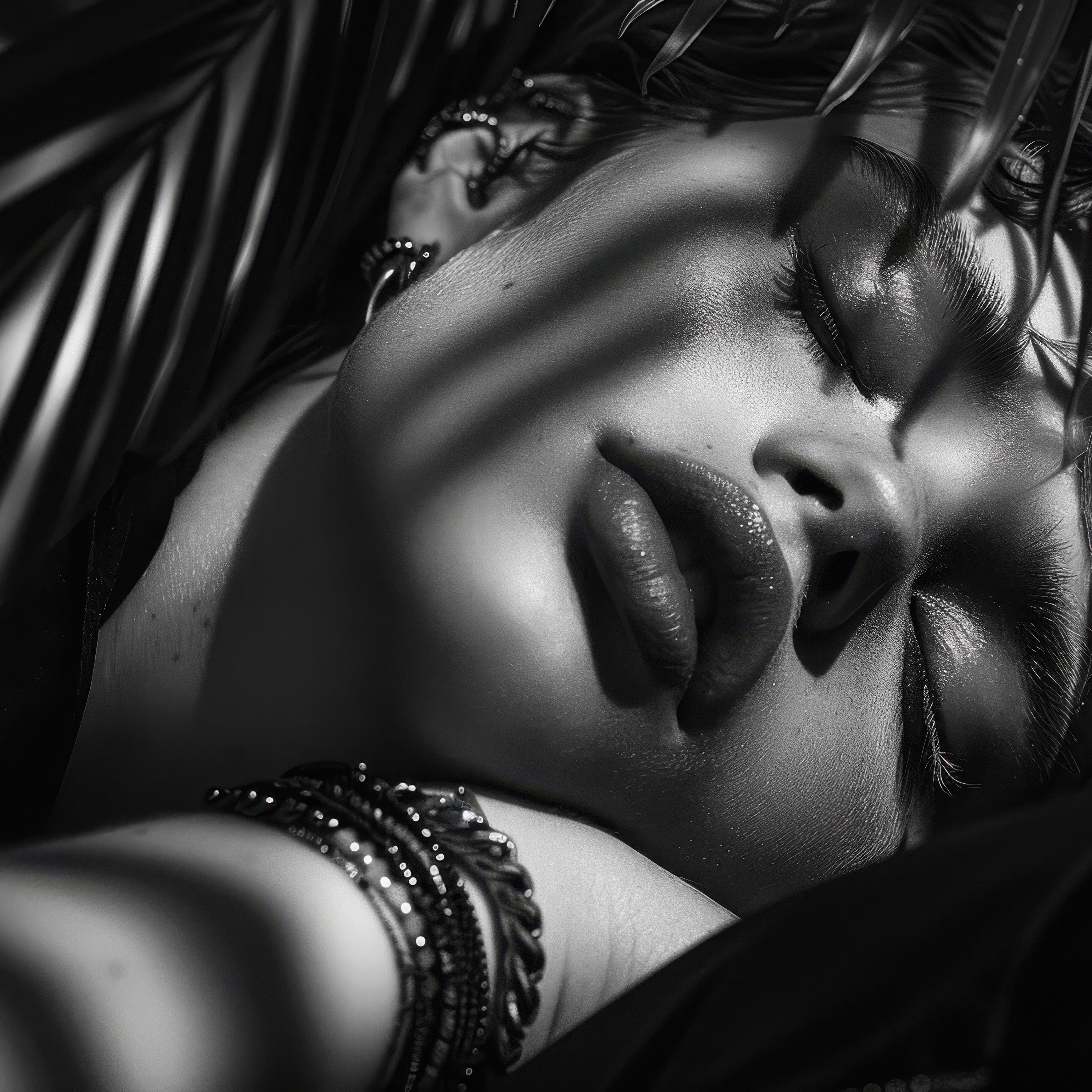
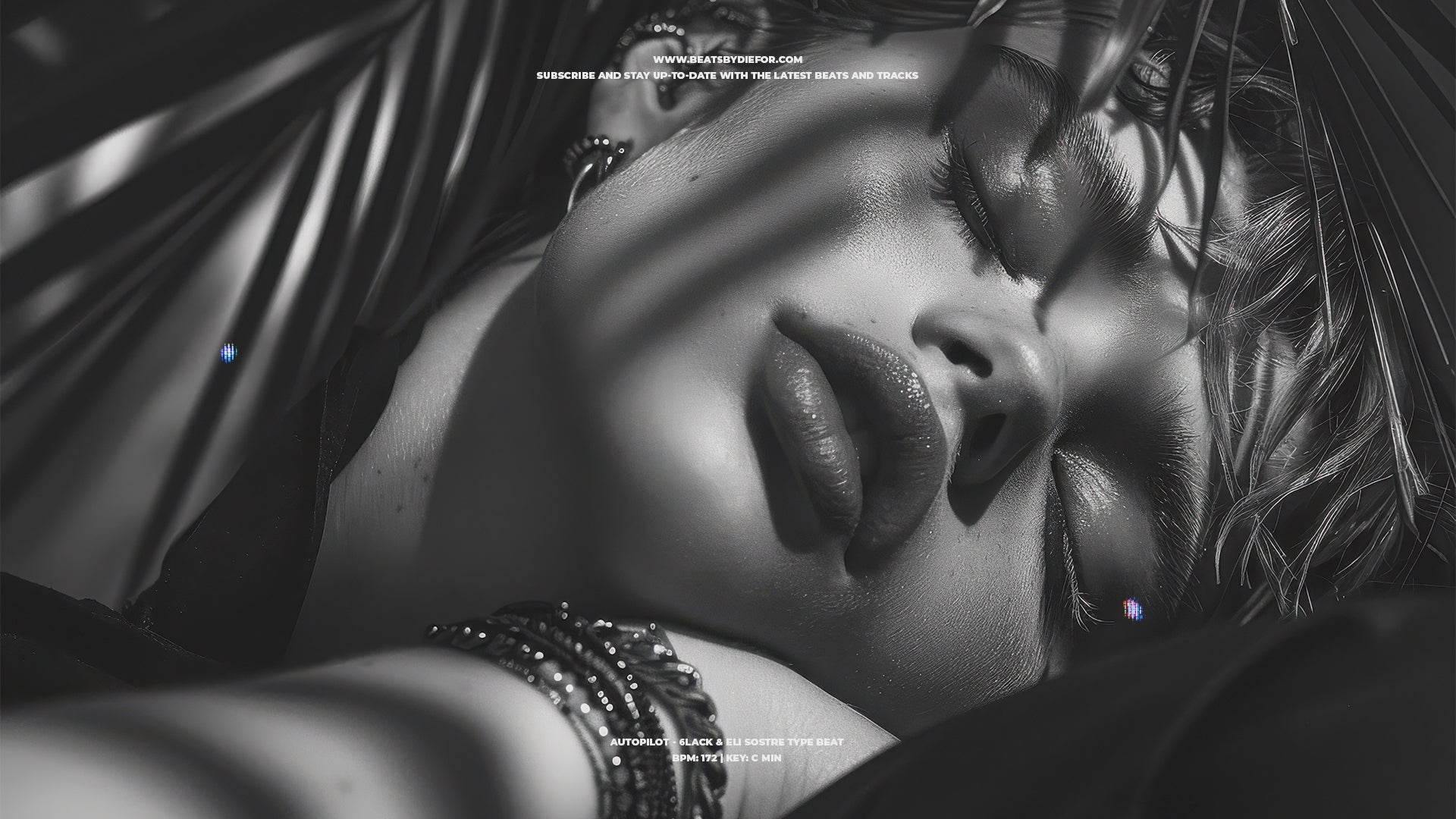


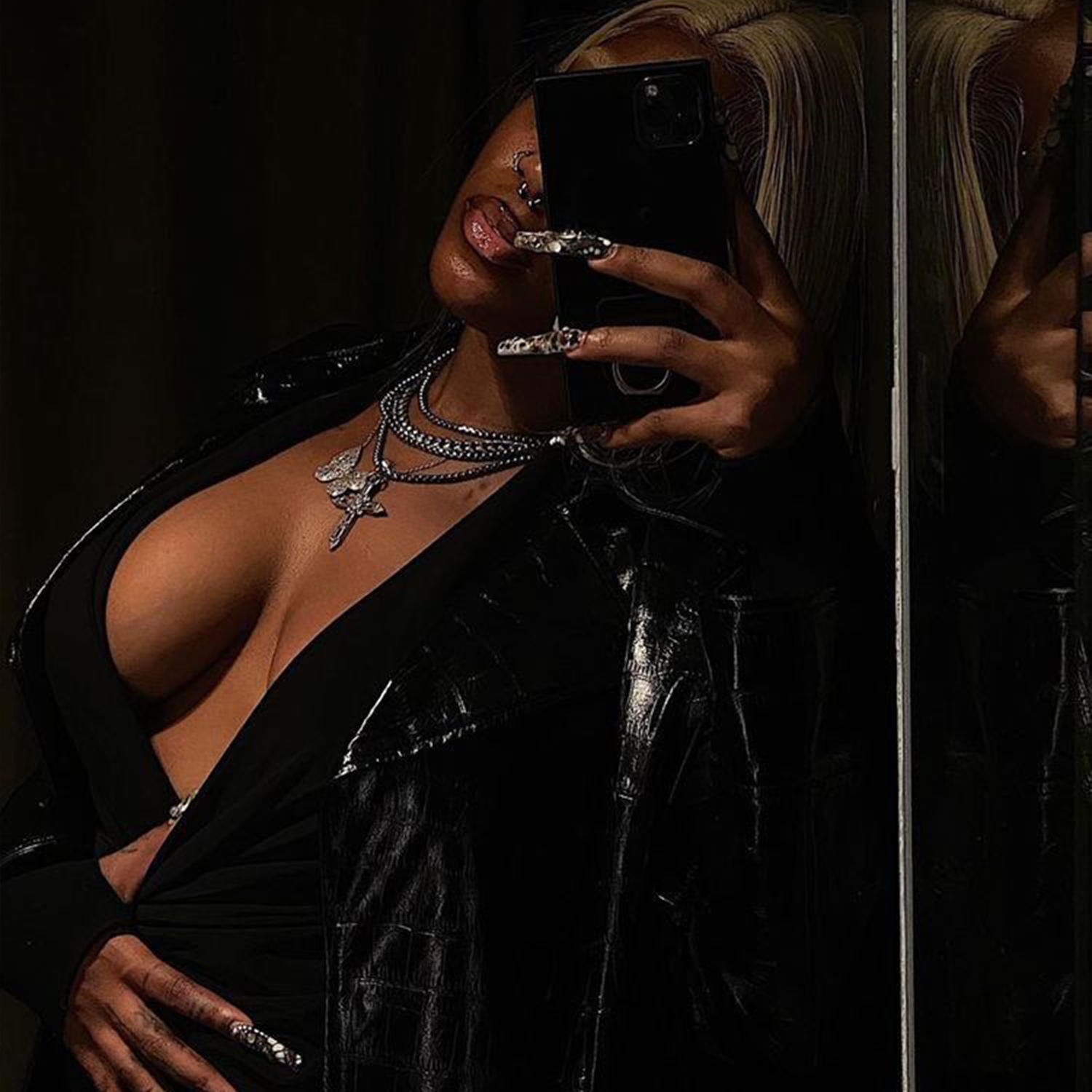
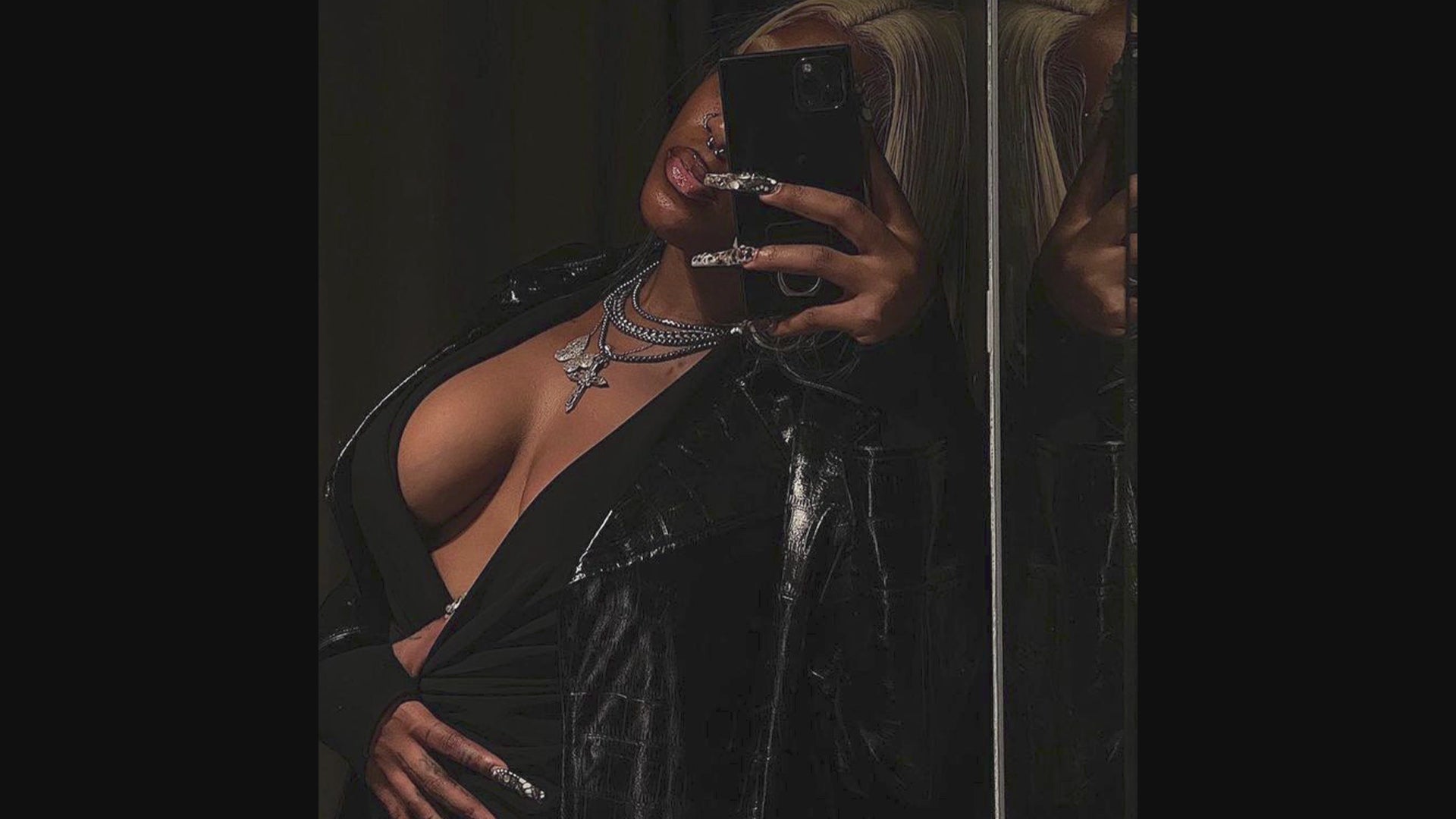
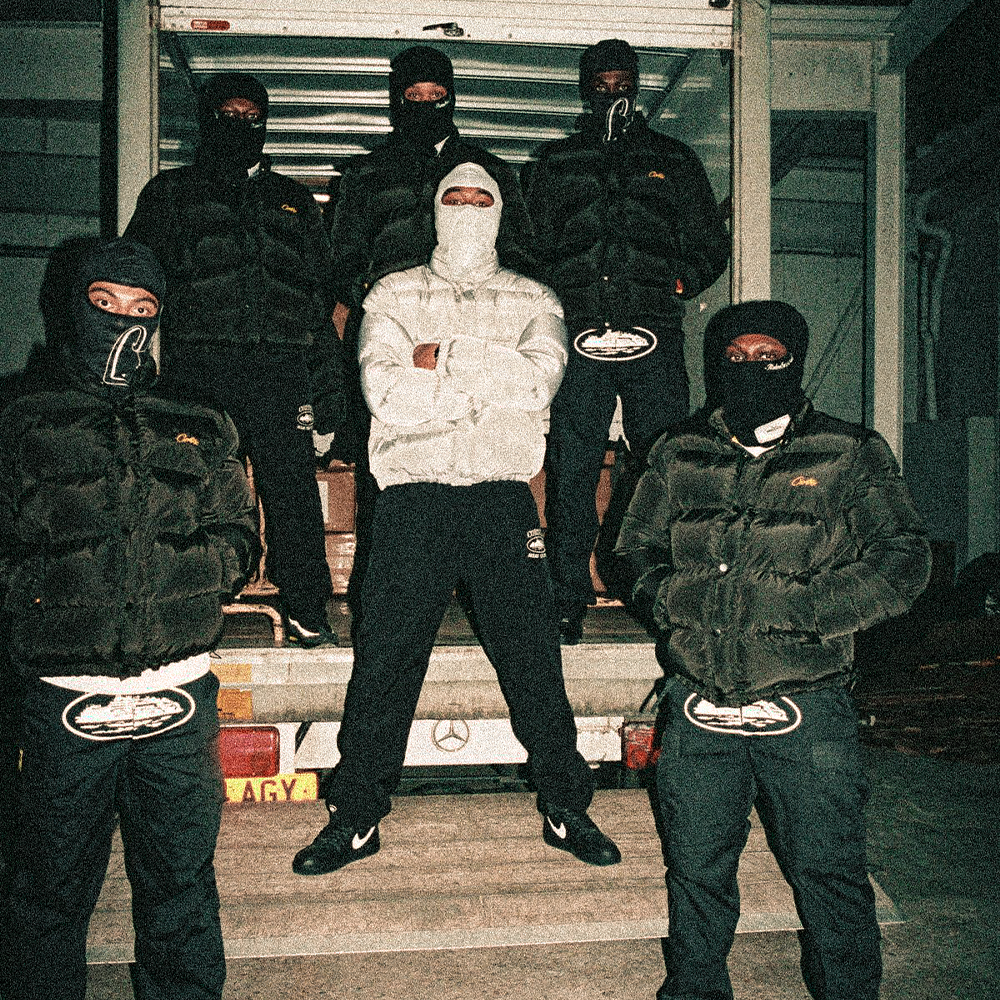

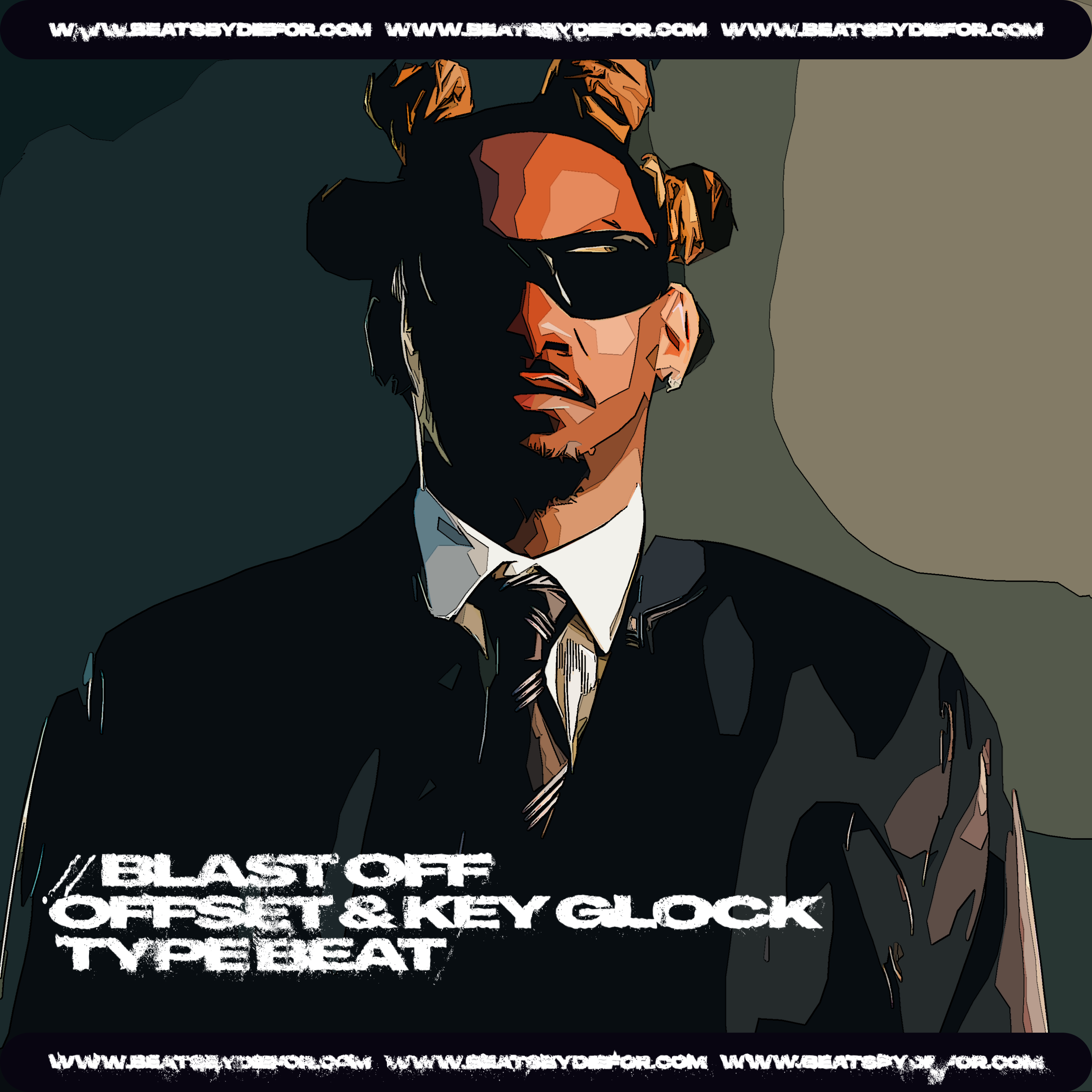
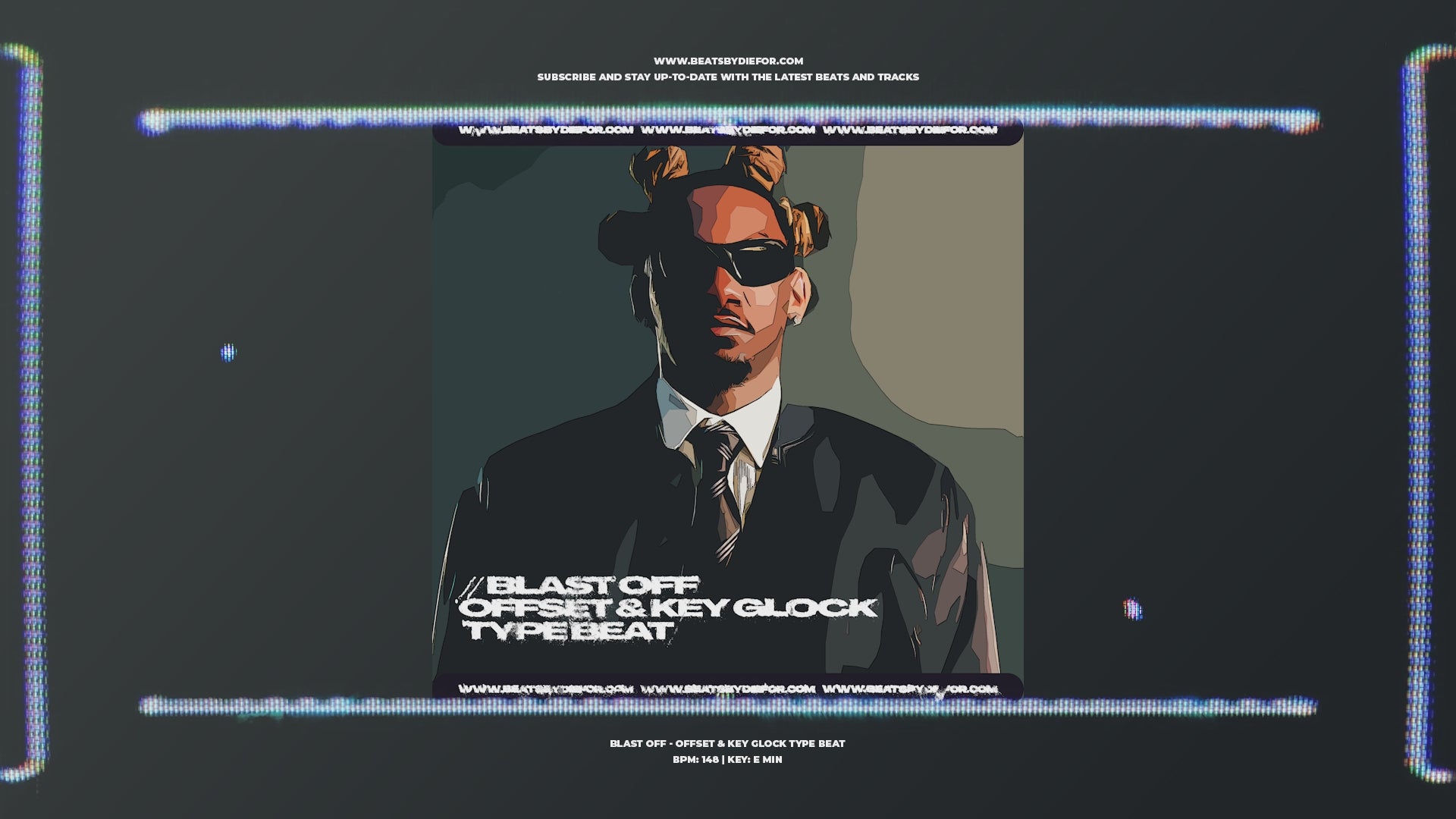

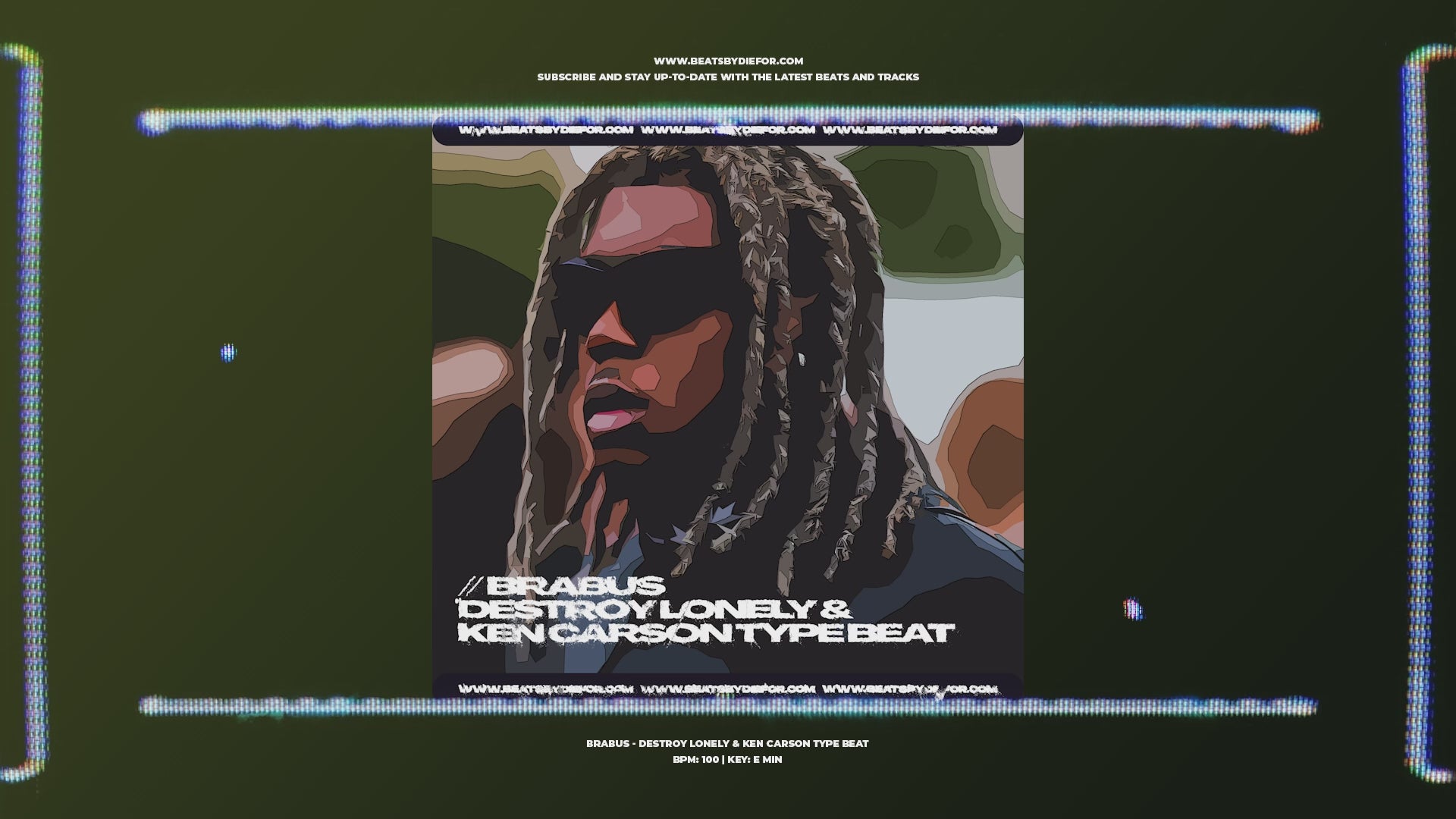
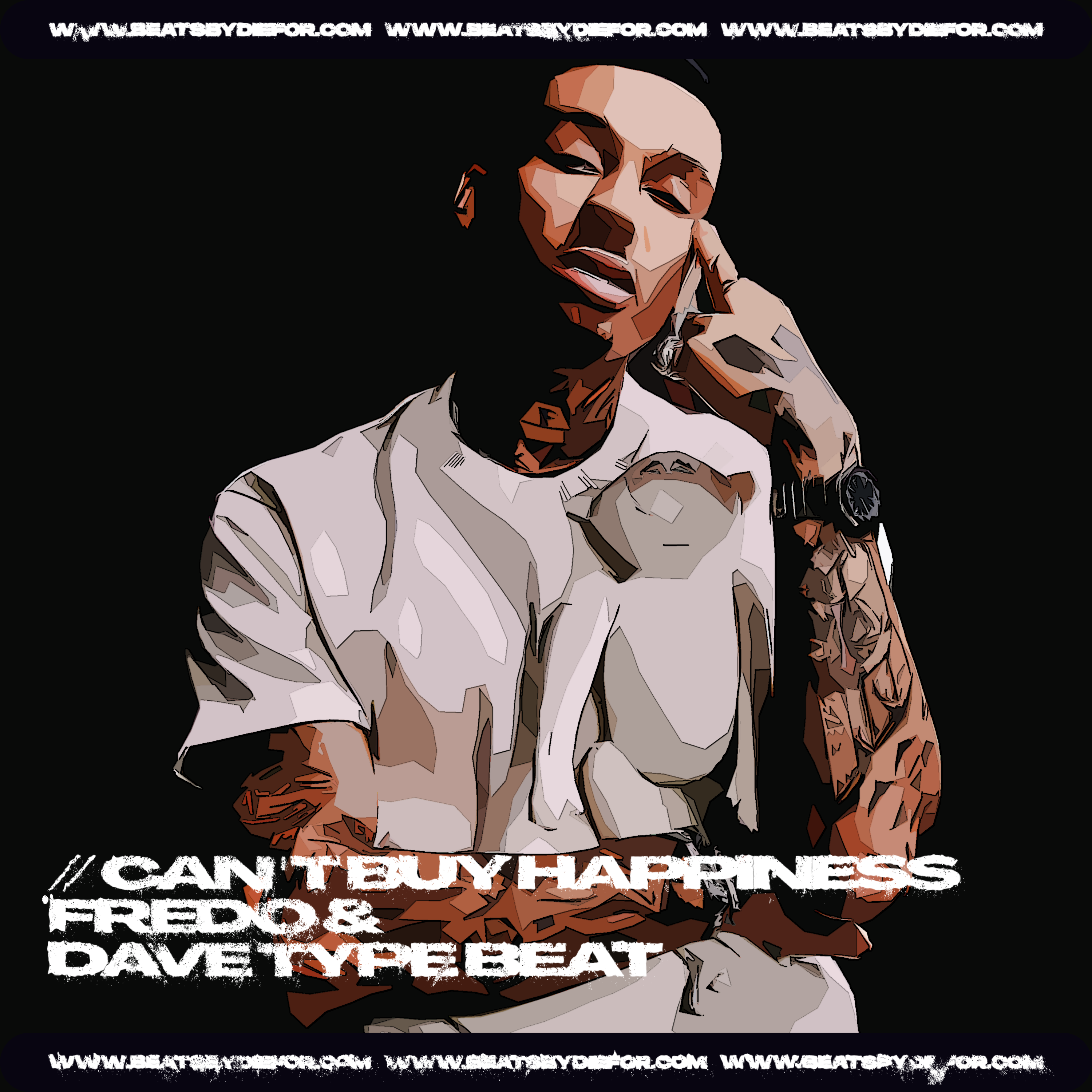


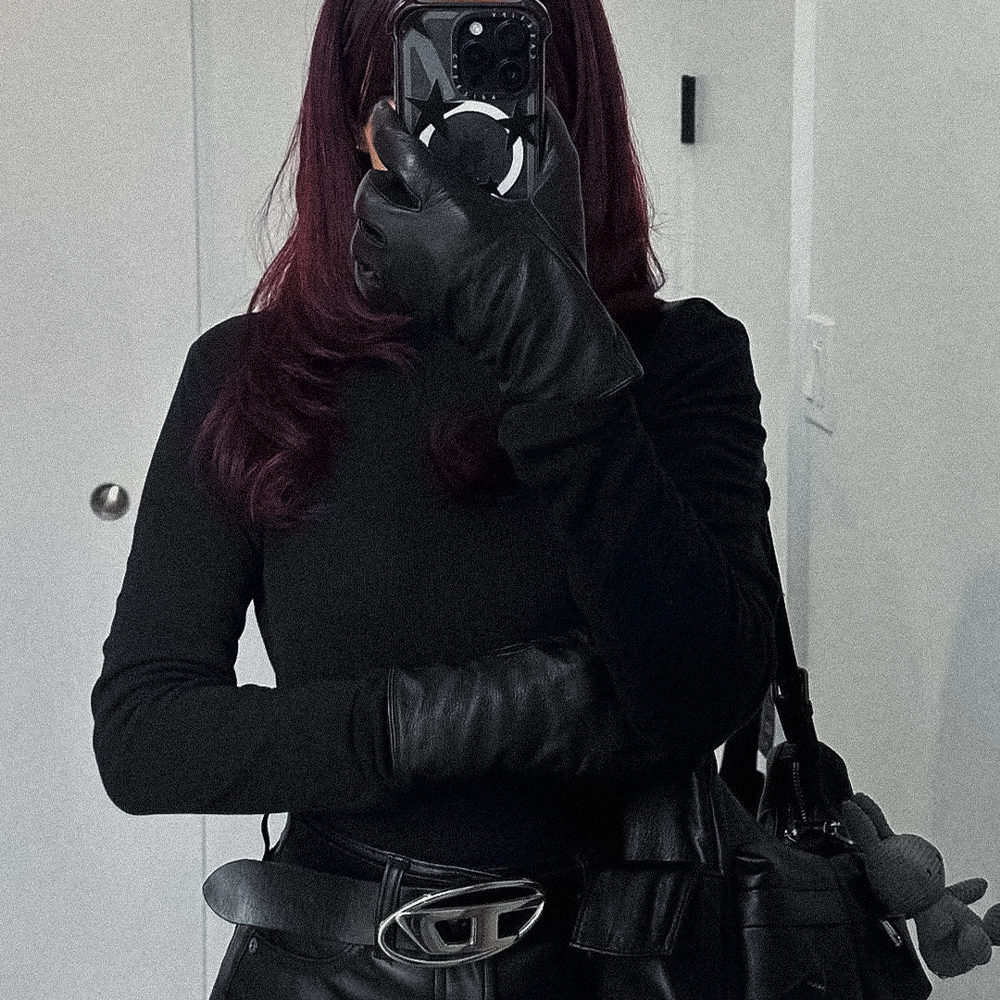


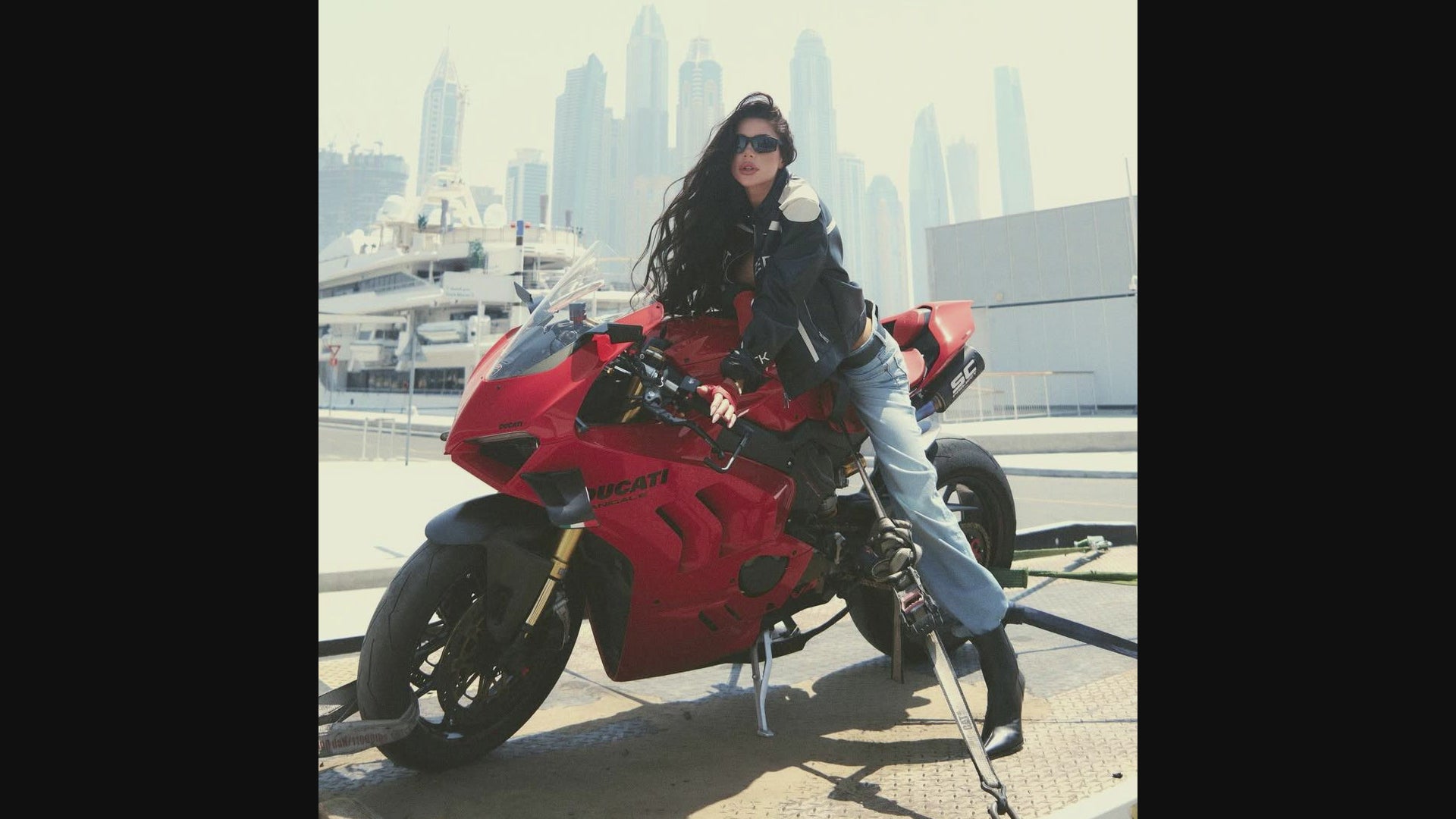
Share:
WAV Lease vs. Unlimited Lease vs. Exclusive License — The Ultimate Guide for Artists (Full Breakdown + FAQ)